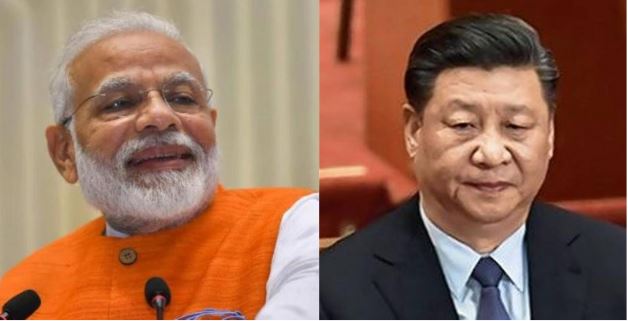India has started its long march to snatch the position of being the ‘factory of the world’ from China and has beaten the Chinese economy. In the last quarter, the expansion of the Indian economy was much higher in percentage than the Chinese economy, and as per the latest data released in January, the Indian exports are growing at a time when factory activity in China is declining.
As per the preliminary data released by the Ministry of Commerce and Industry, the imports grew by 2.05 per cent while exports grew at 5.37 per cent, which is much higher than imports. While the increase in exports and imports signals the revival of economic activity in India, it also shows that in the coming years, the exports are set to expand more aggressively than imports. The exports of agricultural commodities like rice and sugar expanded so fast that there is a container shortage for transportation of goods.
“The rise in both merchandise exports and imports in January 2021 is heartening, signifying a continued strengthening of the domestic growth recovery. With the merchandise trade deficit having risen to $14-15 billion over the last two months, we expect the current account balance to slip back into a deficit in H2 FY21,” said Aditi Nayar, the Principal Economist at ICRA Ltd.
On the other hand, unlike India, factory activity in China declined from PMI of 51.9 in December to 51.3 in January. This was primarily due to the outbreak of Coronavirus in many places in the country in the last month. “Recently, local clusters of the epidemic emerged successively in many places across the country, and the production and operations of some enterprises were temporarily affected,” said National Bureau of Statistics (NBS) Senior Statistician Zhao Qinghe.
Due to the rising number of infections, even during the festive season, economic activity declined sharply in China. Tour and travel, which peaks around this season due to Lunar new year, witnessed slump due to restrictions and the rising number of cases of coronavirus. “The economy extended its expansion in January but lost speed more abruptly than expected,” Chang Shu, Chief Asia Economist at Bloomberg Economics, wrote in a report.
“The slowdown was sharper in services than manufacturing, reflecting a heavier impact of the winter surge in virus cases and increase in containment measures on consumption than production,” he added.
China is already weak compared to India as far as the resilience of the service sector is concerned. Due to the pandemic and increasing restrictions, the services sector is witnessing a secular decline.
On the other hand, Indian services companies stood firm during the pandemic and are now growing at an exponential rate. Tata Consultancy Services (TCS), the crown jewel of the Indian IT sector, became the largest IT services company in terms of market capitalisation, overtaking American and European giants such as Accenture and SAP.
The Indian economy is expanding rapidly across all the sectors — thanks to Indian entrepreneurial spirit and favourable and stable government policies. On the other hand, China is witnessing an internal upheaval due to the authoritarian policies of the Chinese Communist Party, which is cracking down on many large companies not loyal to the Xi Jinping administration.
“Markets have in the past week been worried about a potentially sharp shift in Beijing’s policy stance,” Nomura Holdings Inc. Chief China Economist Lu Ting wrote in a note. He wrote further, “The relatively poor news on PMIs could convince Beijing that now is not the time to make such a sharp shift in its policies and may also assuage those market concerns.”
At such exponential growth, the current decade would soon become the decade of India and the country would become the third-largest economy in the world. Moreover, it would also become the new ‘factory of the world’, replacing China, with millions of people employed in the manufacturing sector.
